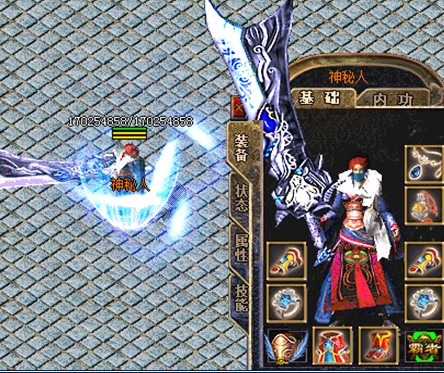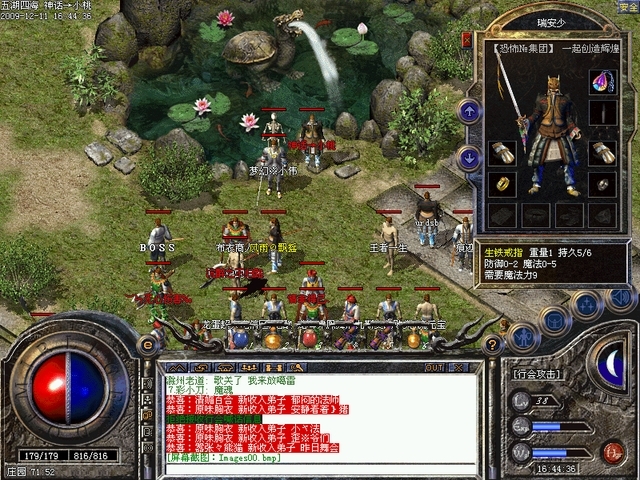zhaosf官方传奇发布网客服_3000ok传奇sf最新发布站
sf666传奇新服网
- admin 2024年10月28日0
chuanqisif: Understanding Chinese Novel Genres, Storytelling Techniques, and Cultural Significance
Chuanqisif, which literally translates to "legendary tales," refers to a genre within Chinese literature characterized by its rich narrative structures, vibrant characters, and intricate plots. This genre holds a significant place in the history of Chinese storytelling, reflecting not only the artistry of writers but also the cultural values and historical contexts in which these tales were told. The narratives typically encompass elements of folklore, mythology, and historical accounts, blending fact with fiction to create captivating stories that resonate with readers. Understanding chuanqisif requires an exploration of these narratives structural components, their thematic elements, and the historical and cultural significance that informs them.

The Structure and Characteristics of Chuanqisif
The structure of chuanqisif is multifaceted, often characterized by episodic storytelling that showcases a series of interlinked events or adventures central to the protagonists. This episodic format allows for a diverse cast of characters, where heroes, mystical beings, and even mundane individuals can play pivotal roles in the unfolding narrative. Key characteristics of chuanqisif include elaborate descriptions, dramatic dialogues, and moral undertones that reflect Confucian values, illustrating responsibility, honor, and the complex nature of human relationships. Additionally, the use of symbolism is prominent in chuanqisif, enriching the narratives and enabling readers to derive deeper meanings from the text. Coupled with poetic language, this genre captivates the imagination, immersing readers into fantastical worlds that often mirror real societal issues and spiritual journeys.
Cultural Impact and Evolution of Chuanqisif

The evolution of chuanqisif is closely tied to various historical iterations of Chinese society, making it a potent mirror of cultural shifts and transformations over centuries. During the dynastic periods, these tales served as a medium for the dissemination of moral and ethical teachings, reinforcing societal norms and expectations. As China entered into modernity, the genre began to evolve, incorporating influences from Western literature while also maintaining its roots in traditional storytelling techniques. This adaptability highlights the resilience of the chuanqisif genre, allowing it to persist through political upheavals and cultural revolutions. Today, chuanqisif not only enriches the literary landscape but also contributes to contemporary forms of entertainment, such as television dramas, films, and video games. The retention of these stories ensures that cultural heritage remains alive, making chuanqisif a vital aspect of understanding Chinese identity and narrative form.
Q&A
What are the main themes found in chuanqisif stories?
Chuanqisif stories commonly explore themes of morality, human relationships, and the struggle between good and evil. They may also delve into the complexities of fate and destiny, often portraying characters personal journeys as they navigate societal expectations and inner conflicts.How has chuanqisif influenced modern Chinese literature?
Chuanqisif has significantly influenced modern Chinese literature by inspiring contemporary writers to draw upon traditional storytelling techniques and themes. Its fusion with modern narrative forms has led to a resurgence in interest in folklore, enhancing the richness of the literary tradition and ensuring the survival of cultural storytelling.
文章内容页下在线分享
chuanqisif: Understanding Chinese Novel Genres, Storytelling Techniques, and Cultural Significance
Powered By 2020-2025 Theme By 网站地图
评论列表: